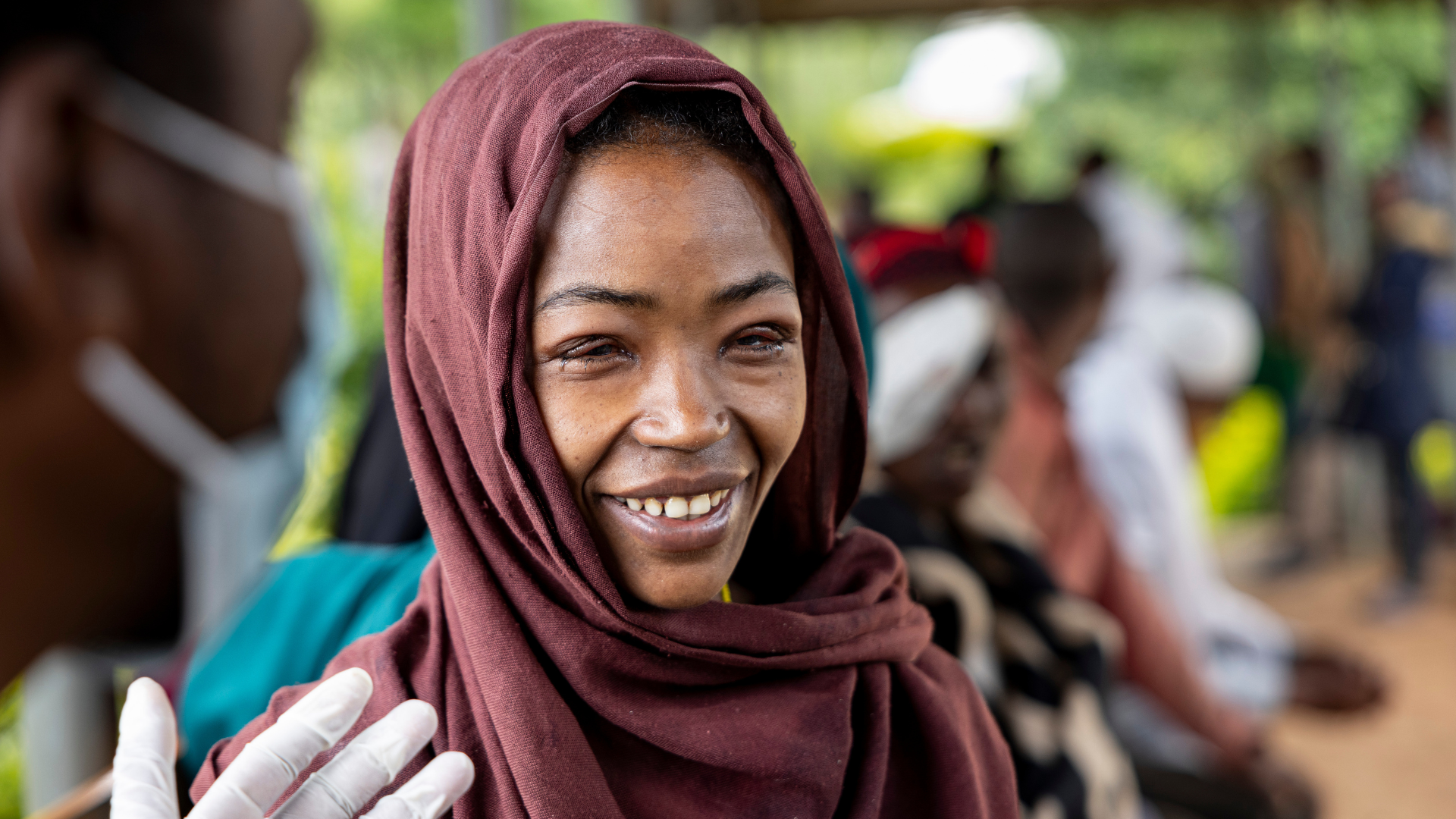Mbaruku's Story, One Year On

Five years ago in Kenya’s Kwale County, ten-year-old Mbaruku was spending his days sitting quietly under a tree, unable to join his friends on the football field or keep up in class. His vision had deteriorated so badly that he could no longer read the blackboard, and his teachers mistakenly thought he was being defiant.
 Photo credit: The Fred Hollows Foundation
Photo credit: The Fred Hollows Foundation
“I wish I could play like the other kids,” he whispered to his mother, Mwajungu, as they listened to children playing football nearby.
A mother’s fear
As a single mother of two, Mwajungu feared that her son would one day go completely blind. She took him to a private ophthalmologist, who diagnosed cataract in both eyes. The doctor told her that surgery could restore his sight, but it would cost 40,000 Kenyan shillings, about $500 AUD.
That was an impossible sum for a woman who sold cashews to support her family. “I was so stressed. I was thin. I was depressed. I spent most of my time taking care of Mbaruku,” she said.
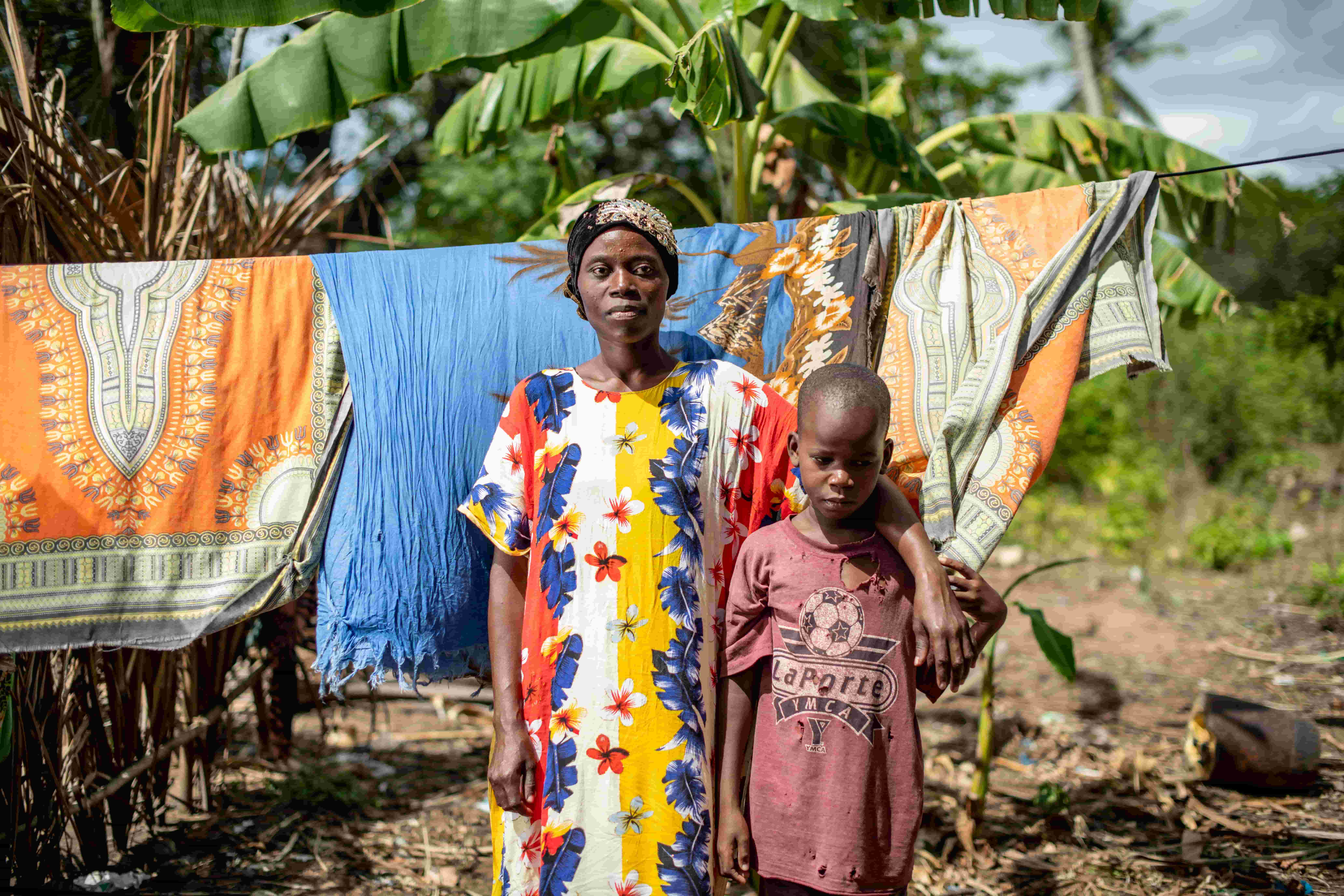 Photo credit: The Fred Hollows Foundation
Photo credit: The Fred Hollows Foundation
In Kenya, cataract is the leading cause of blindness, responsible for 43 percent of all cases. Each year, around 14,500 new cases are identified. Yet in rural areas like Kwale, access to affordable surgery is limited. More than 92 percent of the country’s population—about 40 million people—are cared for by fewer than 50 eye doctors outside the capital, Nairobi.
A chance encounter that changed everything 
Photo credit: Michael Amendolia
Help came when Hemedi, a Community Health Worker from Kwale Eye Centre, visited Mbaruku’s school to talk about eye health. When a teacher mentioned Mbaruku’s vision problems, Hemedi arranged for him to be screened. Soon after, Mbaruku was scheduled for cataract surgery at Kwale Eye Centre, supported by The Fred Hollows Foundation and the Australian NGO Cooperation Program (ANCP).
The surgery was a success. For the first time in years, Mbaruku could see clearly. 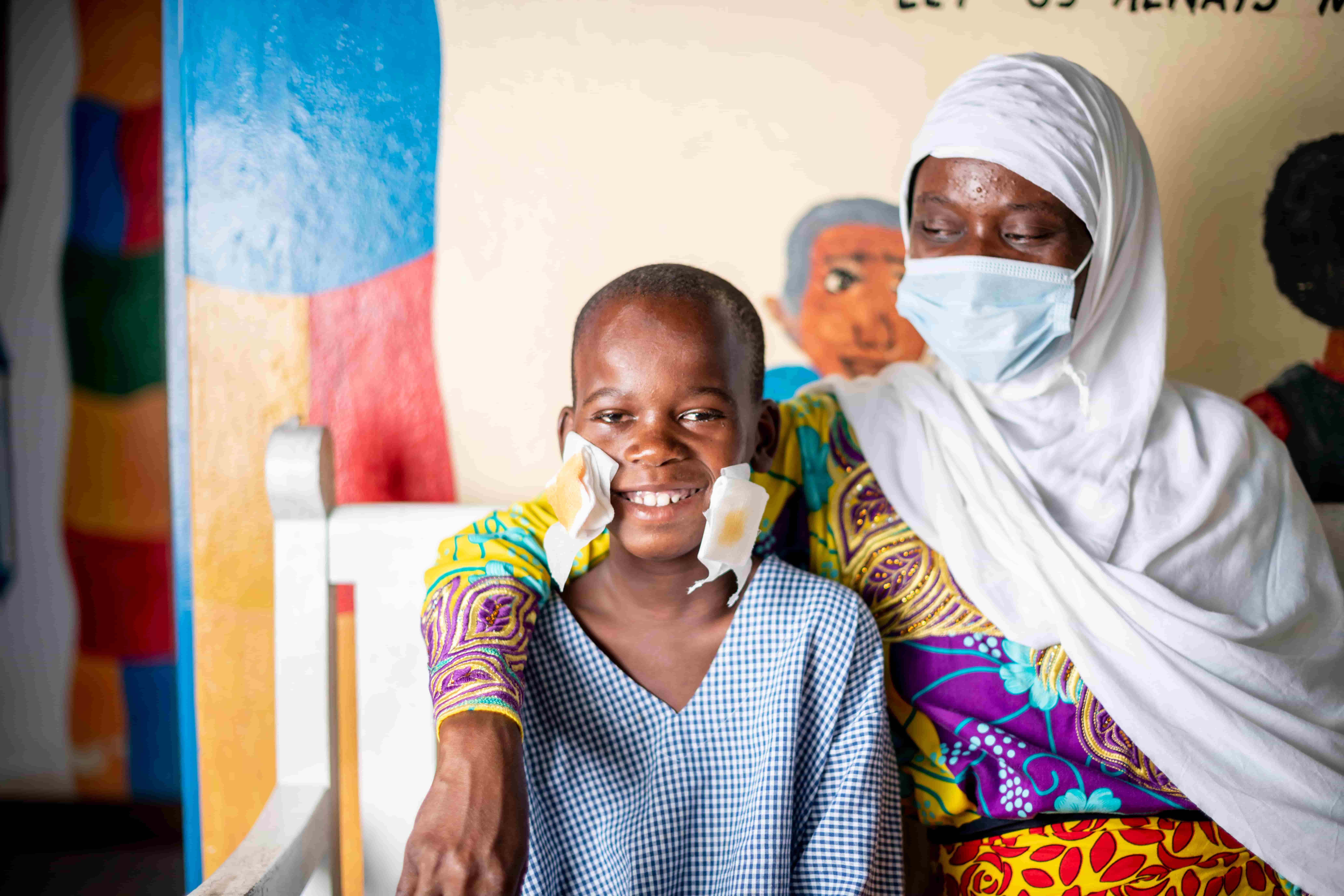
Photo credit: The Fred Hollows Foundation
A boy transformed
Now 14 years old, Mbaruku is thriving. His confidence has grown, and so has his performance in school. His grades in mathematics, English, Swahili and science have improved, and he is now an active member of the school’s drama program. He travels to nearby counties to perform folk songs at events attended by governors and community leaders. 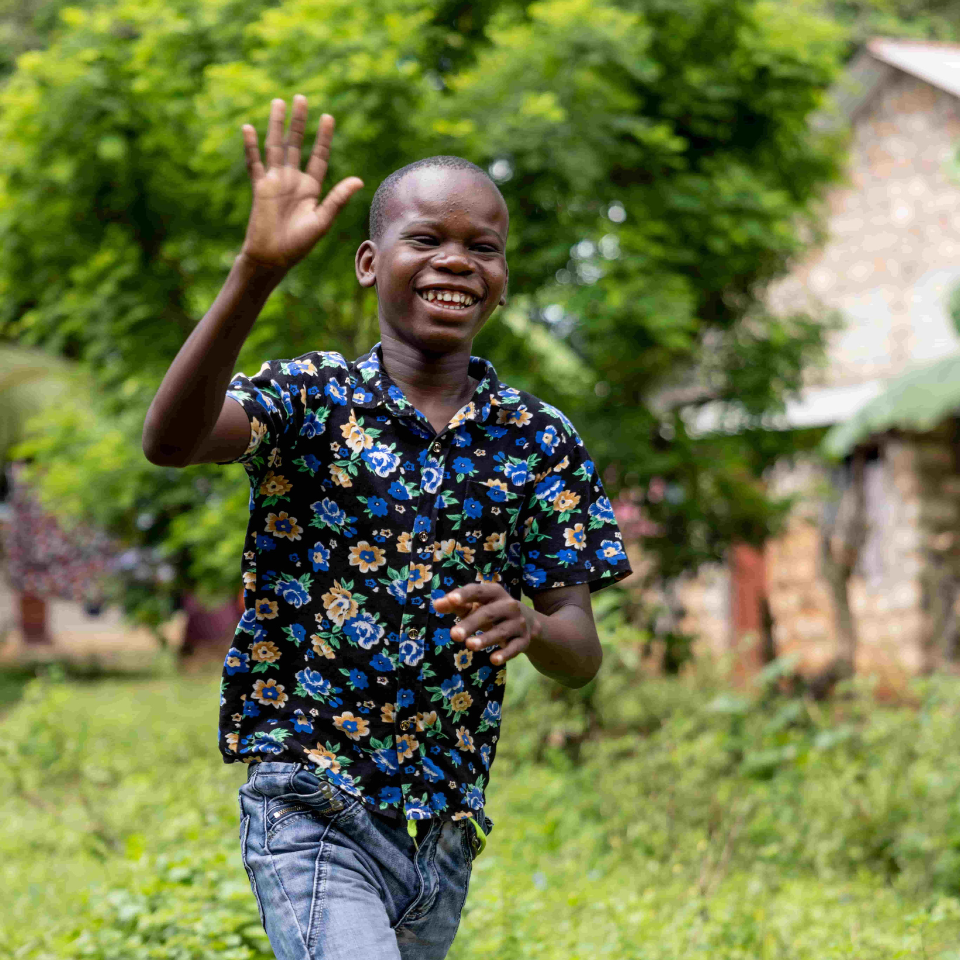
Photo credit: Michael Amendolia
“School was a big challenge before. I couldn’t see and I was making a lot of mistakes,” he said. Now he dreams of becoming a police officer so that he can help people in his community.
A ripple effect of change
Restoring Mbaruku’s sight also changed life for his mother. With her son now independent and able to attend school full time, she has regained her confidence and energy.
“Right now I’m able to take care of myself and go out and look good. As you can see, I’m dressed smart. I’m able to fend for the family so it has freed me.”
 Photo credit: Michael Amendolia
Photo credit: Michael Amendolia
Their story is one of thousands across Kenya where simple, low-cost surgery has transformed lives. More than 328,000 people in Kenya are blind, and another 750,000 live with visual impairment, but four out of five of these cases are preventable or treatable.
Looking ahead
In some parts of Kenya, women experience much higher rates of blindness due to cataract but are far less likely to receive surgery. Studies show that 67 percent of blindness in women is caused by untreated cataract, compared with 46 percent in men.
By supporting local hospitals, training eye doctors, and reaching remote communities, The Fred Hollows Foundation is helping to close this gap and give more families like Mbaruku’s a chance at a better future.
Related articles

Mbaruku's Story
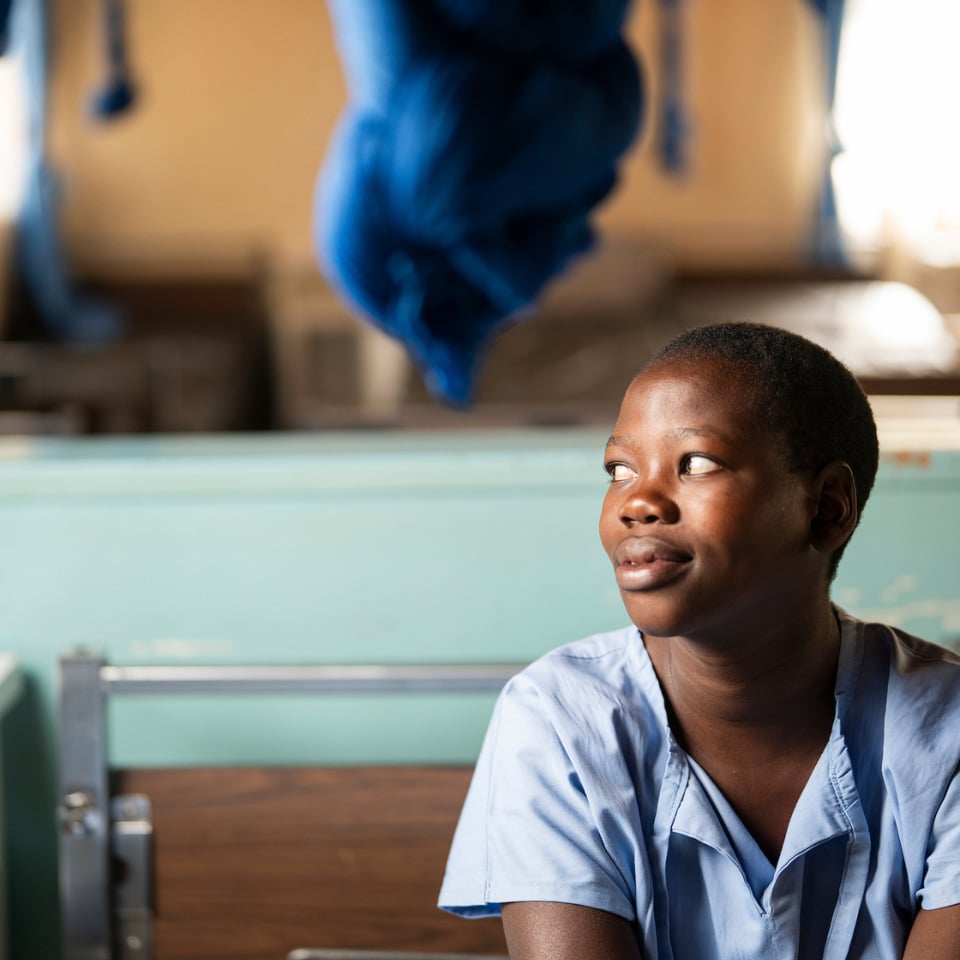
Mitchel's Story
